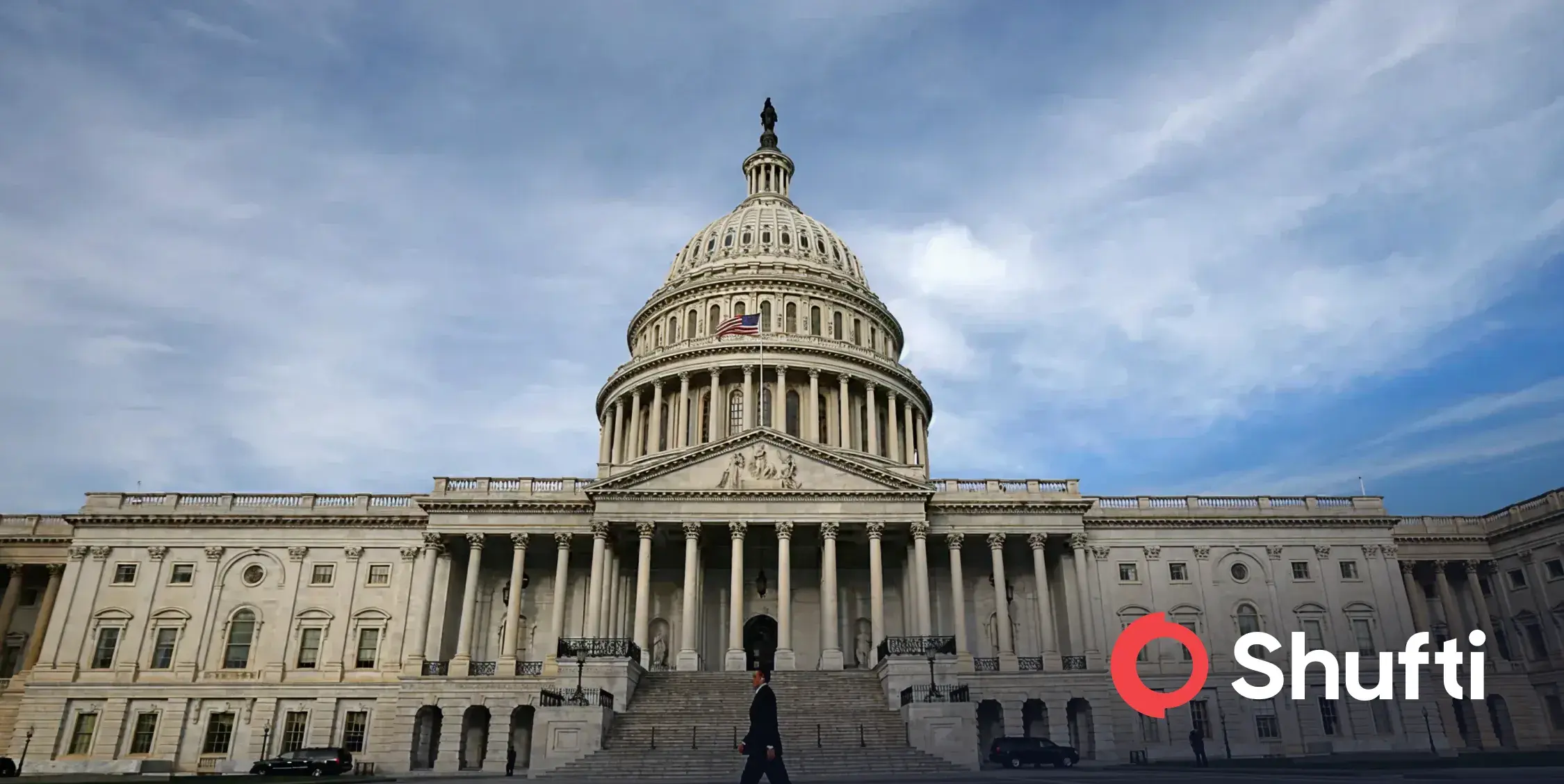Global OCR market expected to reach $70 billion by 2030

The global OCR market is expected to grow at the CAGR of 15% from 2020 to 2030, reaching USD 70 billion by 2030. As per research, the value of OCR market was USD 15.1 Billion in 2019. By the end of the forecast period, the market will expand at the volume of 58,166 units.
The global #OCR market is expected to be valued at US$ 51,527 Mn by 2030. This article addresses how OCR tech has evolved & highlights future use cases.
Read more: https://t.co/eEiVRuvlHD#ImageRecognition | #TheMathCompany | #TransformingIntelligence | #BuildingCapabilities pic.twitter.com/Cmyzbj7807
— TheMathCompany (@themathcompany) September 30, 2020
Due to the current pandemic situation, businesses and enterprises are badly affected. During the lockdown, organisations have undergone a major digital transformation resulting in increased demand for automated solutions. The OCR market is and will continue to be inspired by industry-specific and macroeconomic factors.
Among all other regions, Asia Pacific is forecasted to be at the forefront of global demand and expand at a higher rate. Businesses are adopting digitisation to increase process efficiency. To reap the benefits of digitising the data entry and information retrieval process, and maximize their ROI, enterprises are ready to invest in optical recognition technology.
In the report, both web-based and on-premises solutions are highlighted as per industry demand. OCR solution providers have already started integrating new innovative technologies such as computer vision, artificial intelligence and machine learning to cater to the needs of businesses.
The intelligent OCR (ICR) incorporating artificial intelligence is going to be high-demand product because of its ability to minimise the operational cost, data accuracy in information retrieval and digital form, and simplified operational process. Above all, the data entry process ca be streamlined within seconds.










